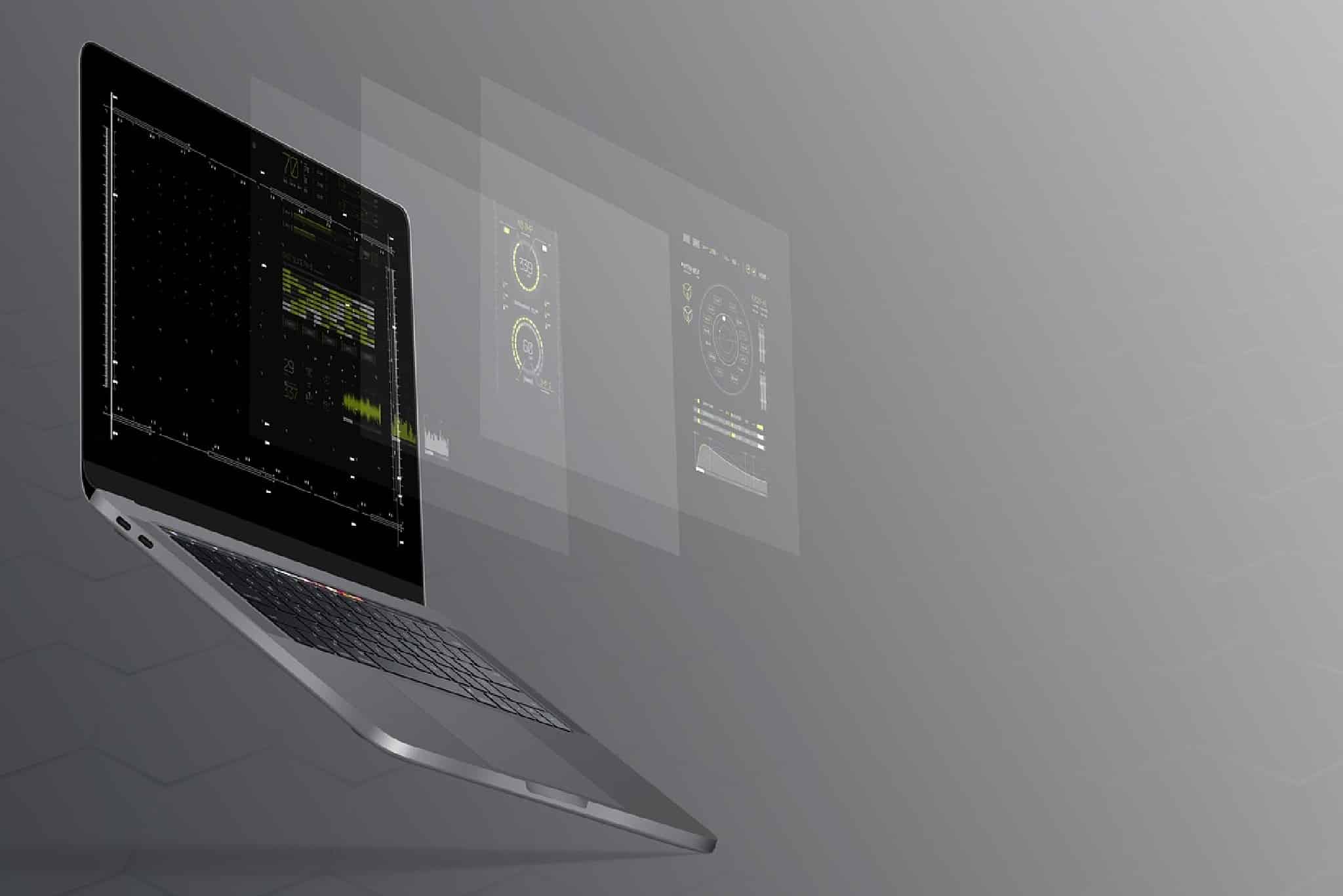
Stages in Agile Delivery Lifecycle
0 comments
Planning or Definition of Project
The first stage involves the company or product owner trying to define the functions or features that will define the entire project. They would also try to answer questions of what market they are trying to target, what the market’s needs are, and how the products satisfy those needs. While the deliverables of the project can be added upon in time, the basic idea of what the customers or stakeholders can expect to get after all releases have been made must be definite at this point. This step also involves establishing how much time will be needed to accomplish the project’s goals in the entire lifecycle period. This is essential for ensuring everyone involved has an idea about what they’re supposed to do and when it should happen within the project. Also, the company must estimate the cost of completing the project. The estimation should include staff costs, software, and tools required for development, testing, and deploying the product. Having a clear idea of the project as well as its cost and duration will help in determining whether the project is feasible at the time or not.Assemblage
The second phase is to assemble a team of capable hands ready to work on the project. The acquisition of resources needed to run the project as well as the right agile management software tools must be done at this stage.Modeling
The third step is for the team to receive the briefing of the project. Based on the information received, the team builds a mock-up model of the project final version. This provides a clear vision of what the product should look like at the end. This model elicits feedback from stakeholders which is communicated to the team, and the next stage begins.Construction / Iteration
Also known as the iteration phase, this is where the main bulk of the works is. The team members work in sprints to deliver working products to the customers incrementally after each iteration. The aim is for the product’s fundamental features to be in place by the conclusion of the first iteration or sprint. In later iterations, new capabilities and refinements can be added. Teams can perform well in these iterations by ensuring that they are constantly collaborating and being in constant touch with stakeholders or end-users. Maintaining touch with stakeholders will help the team stick to priorities and be well informed if certain parts of the projects are to be moved forward or done more quickly. It is also important for teams to conduct various testings after the end of each iteration in order to ensure that the product is in line with the requirements. At the end of the first iteration, a minimum valuable product (MVP) is to be released and feedback received from customers. If there are improvements to be made, they are adapted into the next iteration. After enough iterations have been made to transform the product to its final version, then the next phase begins.Acceptance Testing
The next phase of the cycle is acceptance testing by a QA team as well as a group of end-users for this testing. This helps ensure that quality assurance measures are being followed throughout the iteration process and that customer satisfaction has been achieved by the product. Acceptance testing is necessary even after testing has been done during each iteration. There will almost certainly be some work to be done after testing to correct flaws that emerge, so this must be planned for.Delivery
At this stage of the cycle, all iterations must have been completed and all deliverables ready to be delivered. The product’s final version can then be released to the end-users.Maintenance
The next stage of the cycle is post-delivery maintenance, during which the team continues to work on the product until it’s eventually retired. The team continues to provide necessary assistance to keep it functioning effectively and deal with any new issues. They will also be available to educate customers on how to use the product and how to harness its capabilities. New versions may be introduced over time as part of the product’s life cycle to enhance it with new features and improvements.Retirement
This is the last stage of the Agile lifecycle. The product is now at the end of its cycle and would be allowed to ride off into the sunset. This could be sometimes because a newer version is being deployed and the older one is being discontinued. It could also be because the product is no longer consistent with the company’s visions. The retirement phase involves the team members notifying customers that the product is being retired and where available, helping customers transition to a new system. Finally, the plug is pulled and the lifecycle reaches the end of the road.Final Thoughts
Running an agile project requires an agile management tool. Uppwise provides the perfect setup to enhance your project’s flexibility and efficiency with agile. It comprises several tools that help you plan and structure sprints and tools that provide bird’s eye visibility into the project. Take advantage of these benefits and begin to deliver the best results using Agile.Founder of Uppwise, Gioacchino has solid hands-on, experience and vision in the PPM Market, gained as a startupper and founder of a number of software & cloud-services companies. During the last two years he has lead the company transformation, shifting from the offering of a traditional PPM product to a new suite of SPM, APM and CWM products.



